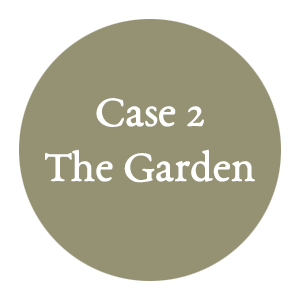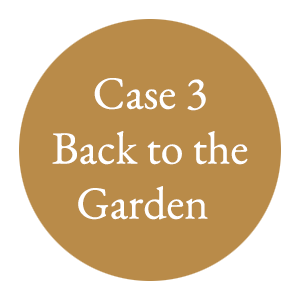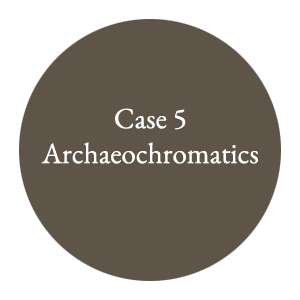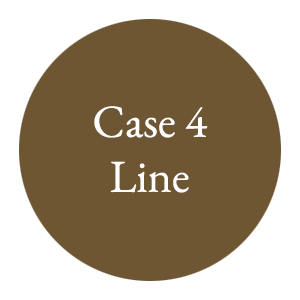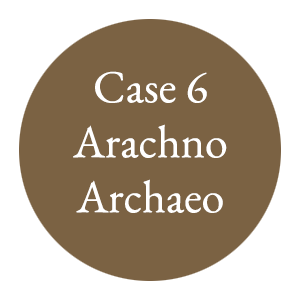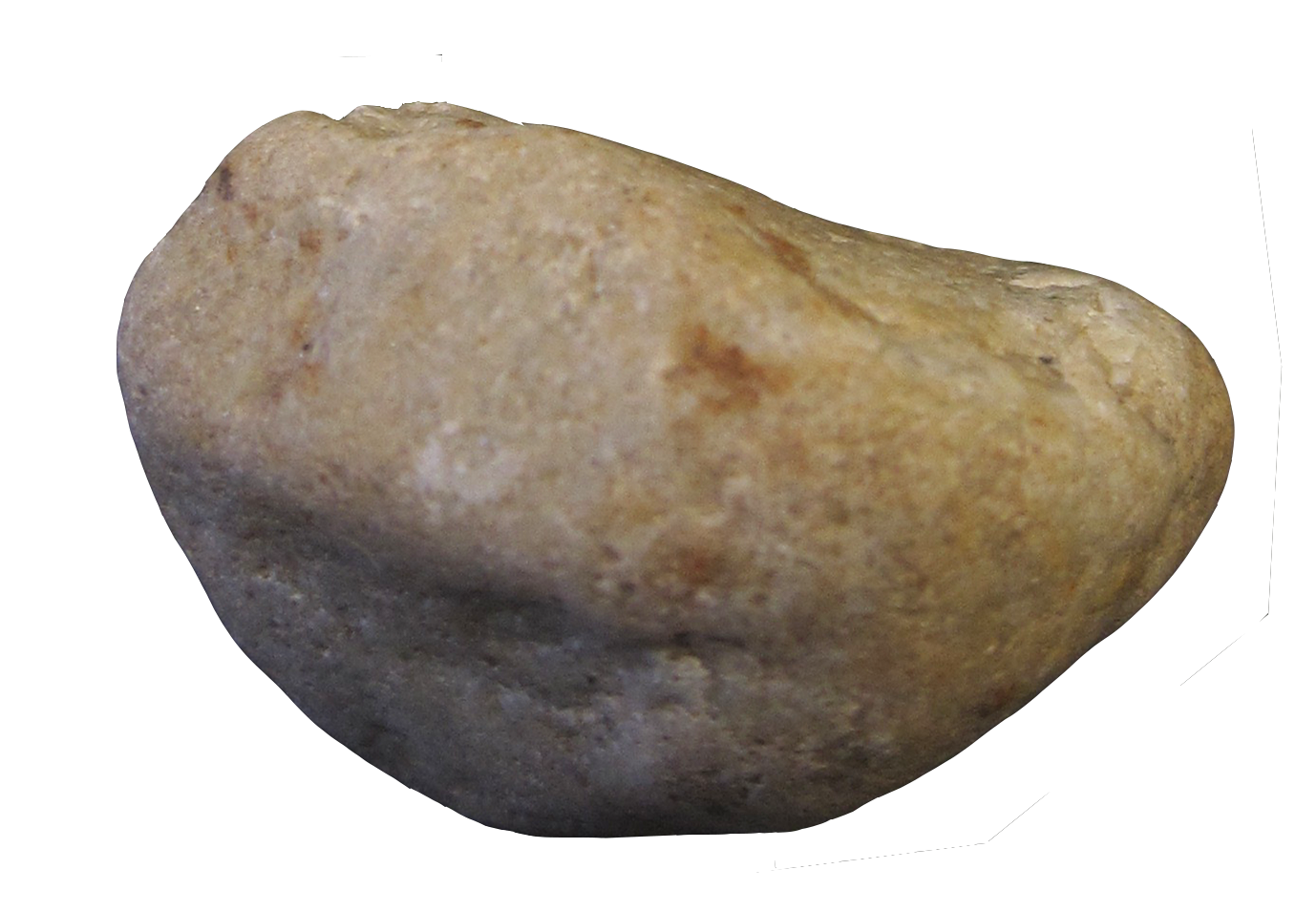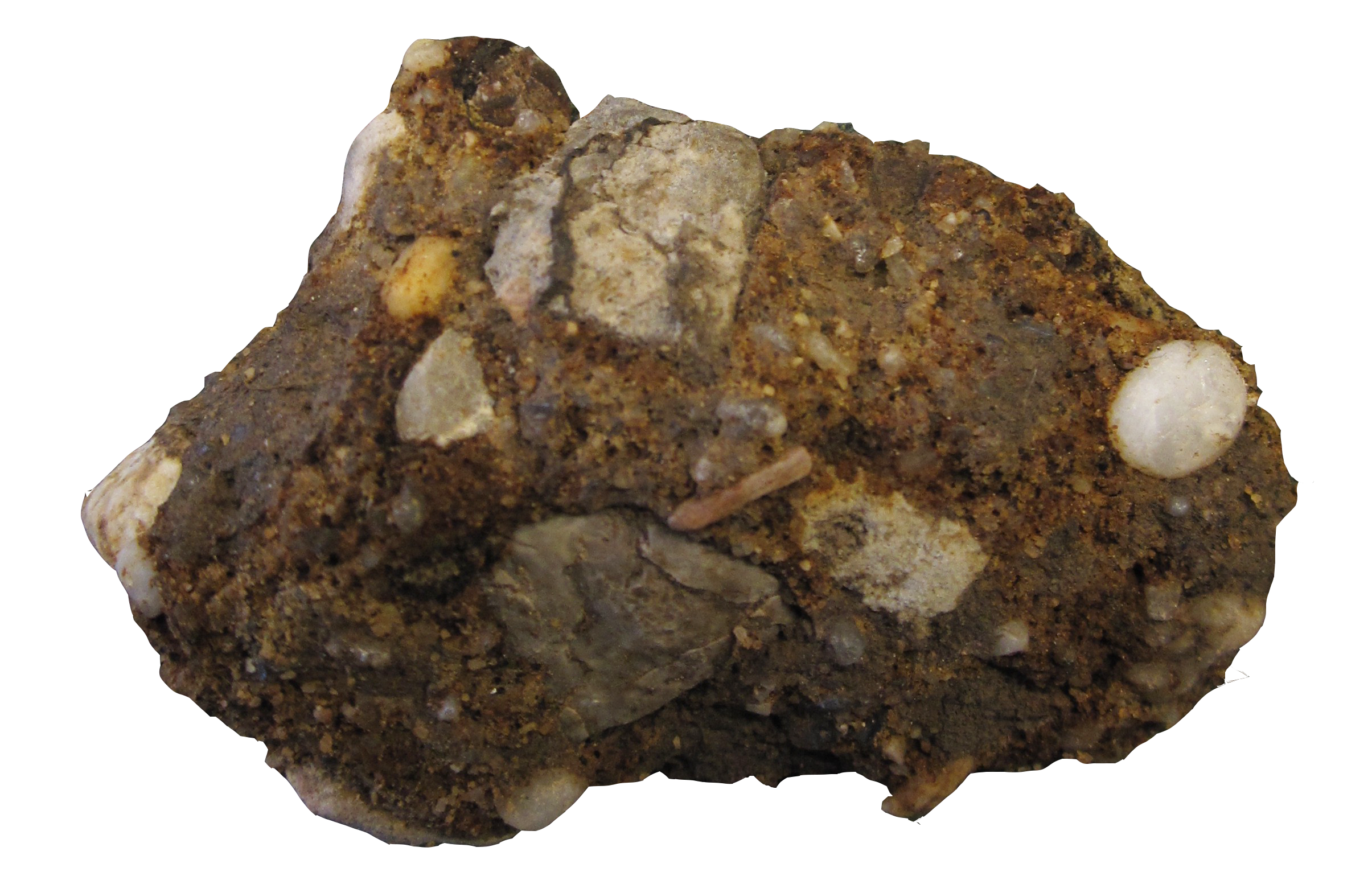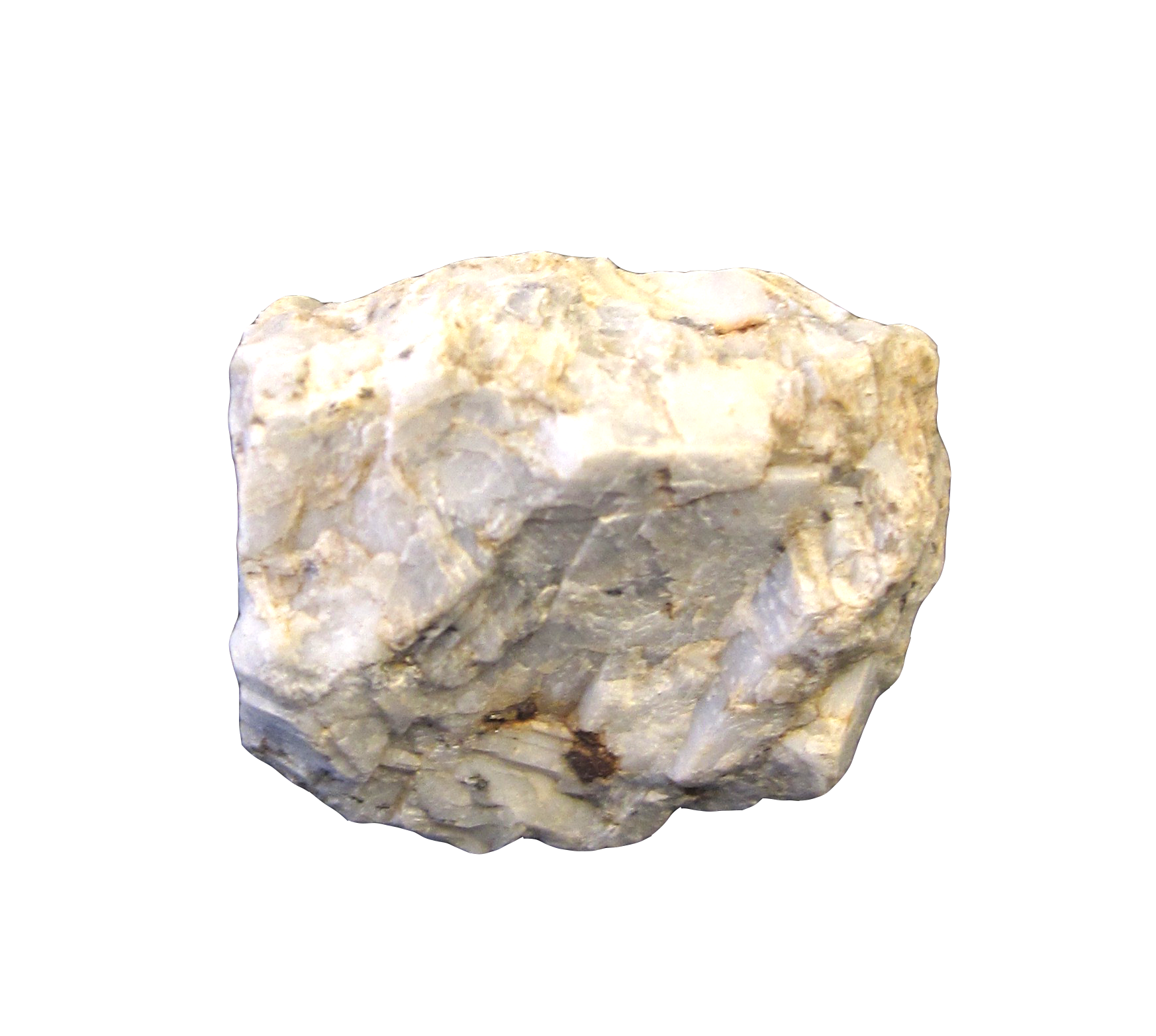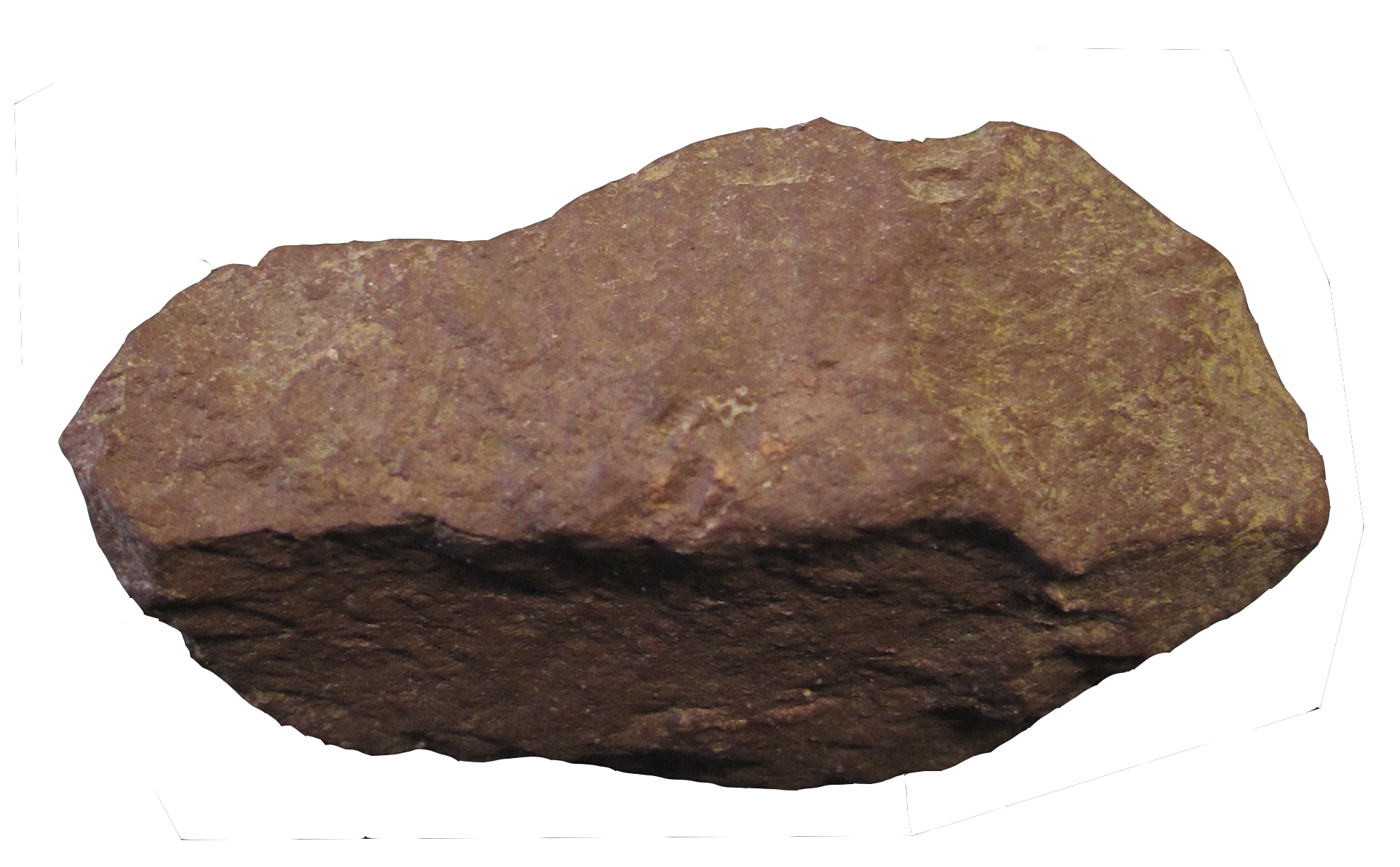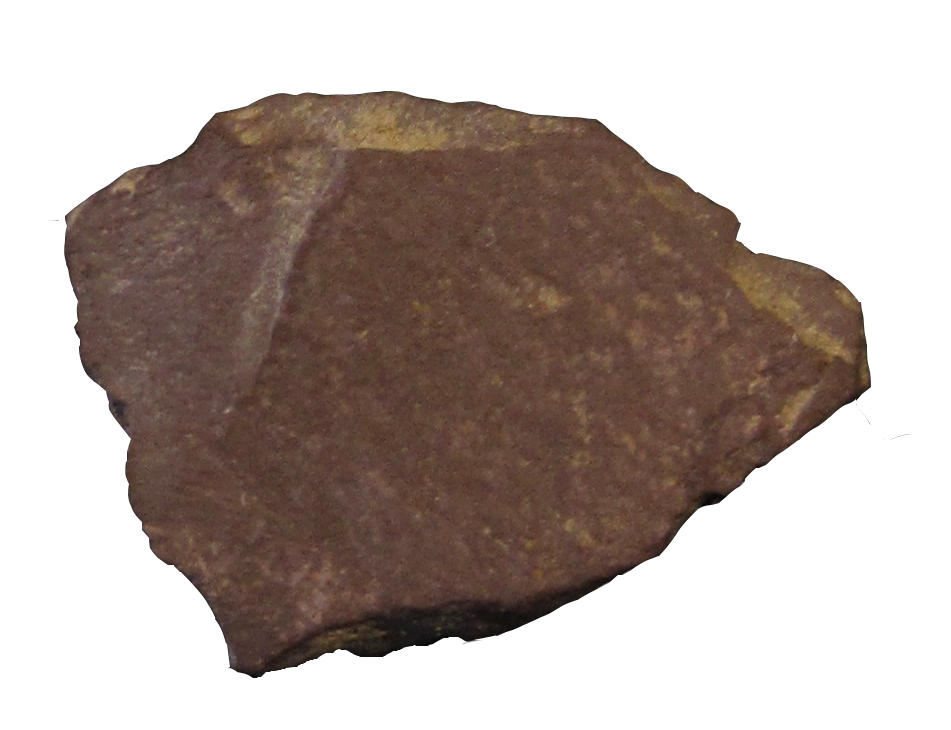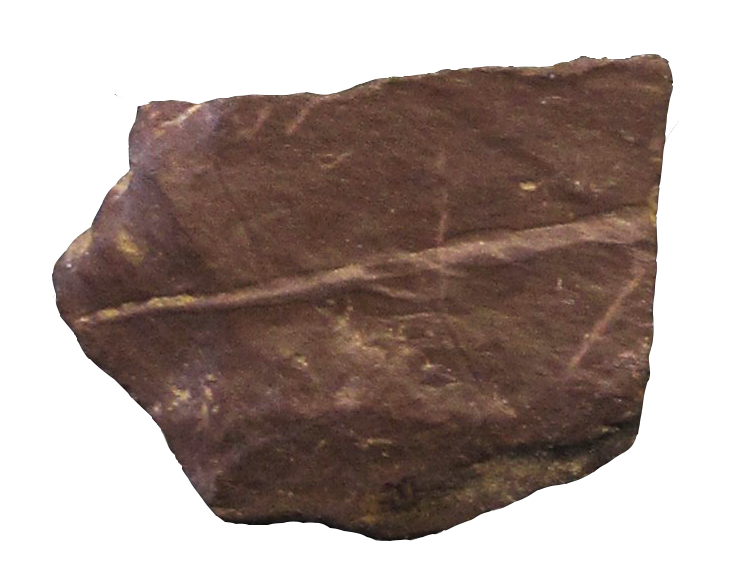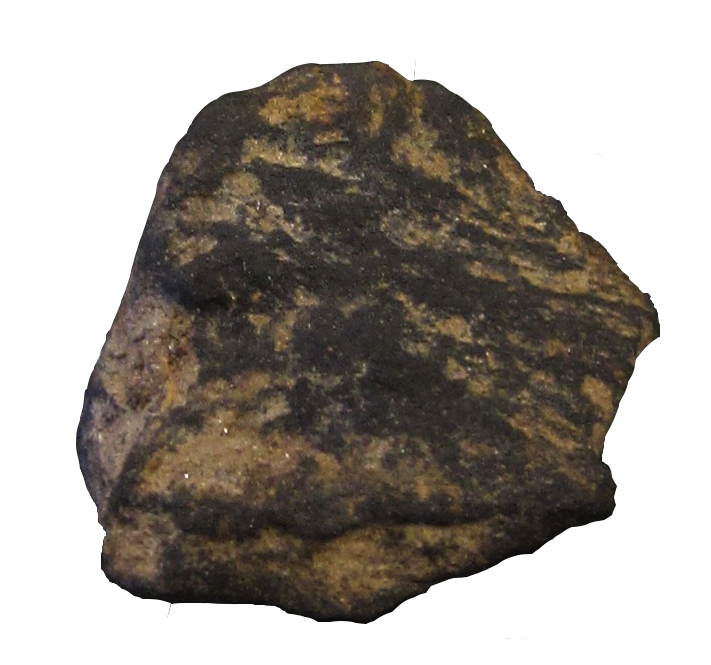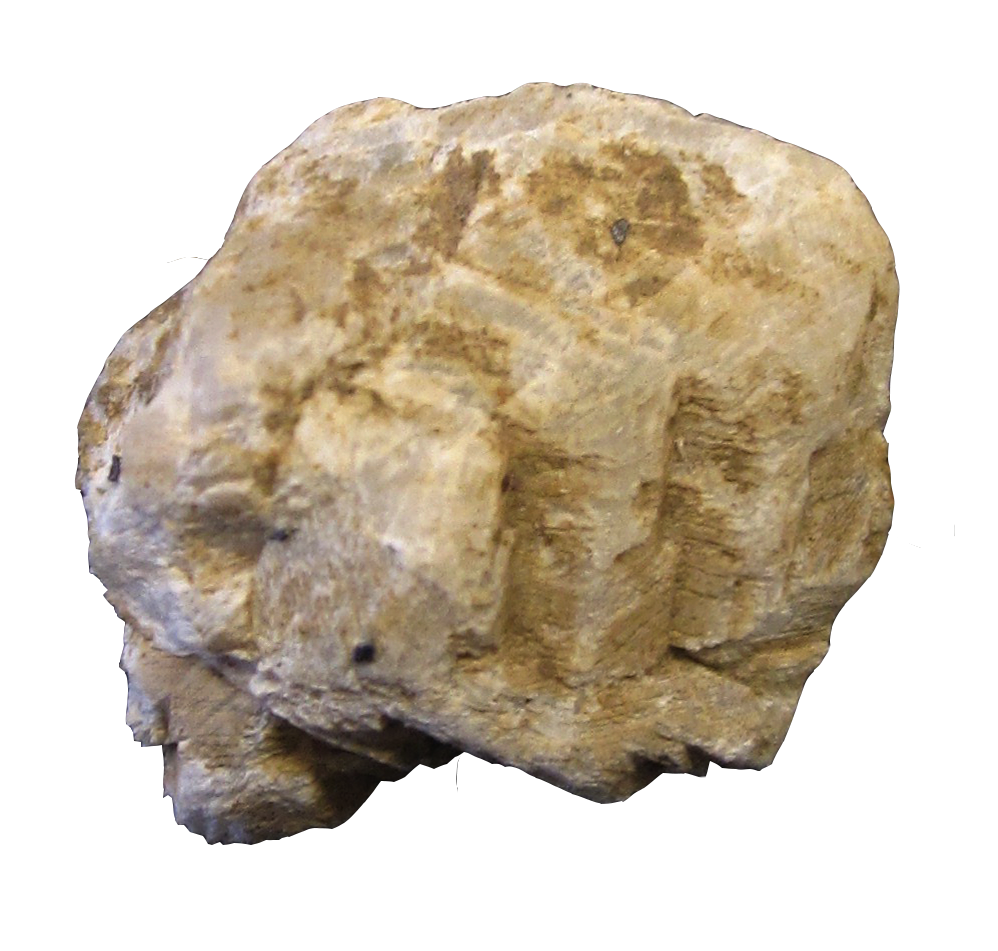THE SOIL IS SENTIENT*
The premise of this exhibit is simply that archaeology -- like art -- is a creative force in the world: archaeological representations of the past serve as perpetuations and also as projections into the future. This exhibit represents the culmination of a one-semester class whose goal was to embrace this responsibility fully, to dream up new forms of archaeological research by harnessing the metaphorical power latent within the idea of archaeology: its relationship with revelation, discovery, serendipity and mystery.
Art and archaeology have many commonalities, not the least of which is their shared platform of expression: the museum or gallery setting. The works of art in this exhibition are, with a few exceptions, the creations of students in the class "Principles of Art in Archaeological Practice." This course, offered in the Fall of 2019 through the Teaching Scholars Program of the Graduate School of Arts and Sciences, was designed and taught by Jeffrey Benjamin, PhD Candidate in Archaeology/Anthropology. With some exceptions, the exhibit proceeds as our class proceeded, through a series of themes common to both archaeology and art. During the term we were able to conduct a small excavation project on the Columbia Morningside campus, therefore the exhibit begins with a few artifacts, samples and discussions of this event, entitled "Back to the Garden."
For their help and support, we wish to thank: Don Schlosser, Lisa Hollibaugh (Columbia College), Ben Kinmont, Marko Marila and Suvi Tuominen (University of Helsinki), The Columbia Center for Archaeology, the Columbia University Department of Anthropology, the Graduate School of Arts and Sciences, Lillian Vargas, Eric Reisenger, The Hub for Speculative Fabulation Upon Incidental Observations, Tim Fløhr Sorensen (University of Copenhagen). --J.B.
Art and archaeology have many commonalities, not the least of which is their shared platform of expression: the museum or gallery setting. The works of art in this exhibition are, with a few exceptions, the creations of students in the class "Principles of Art in Archaeological Practice." This course, offered in the Fall of 2019 through the Teaching Scholars Program of the Graduate School of Arts and Sciences, was designed and taught by Jeffrey Benjamin, PhD Candidate in Archaeology/Anthropology. With some exceptions, the exhibit proceeds as our class proceeded, through a series of themes common to both archaeology and art. During the term we were able to conduct a small excavation project on the Columbia Morningside campus, therefore the exhibit begins with a few artifacts, samples and discussions of this event, entitled "Back to the Garden."
For their help and support, we wish to thank: Don Schlosser, Lisa Hollibaugh (Columbia College), Ben Kinmont, Marko Marila and Suvi Tuominen (University of Helsinki), The Columbia Center for Archaeology, the Columbia University Department of Anthropology, the Graduate School of Arts and Sciences, Lillian Vargas, Eric Reisenger, The Hub for Speculative Fabulation Upon Incidental Observations, Tim Fløhr Sorensen (University of Copenhagen). --J.B.
Mira Baum
Julie Belle Bishop
Emily Blake
Haena Chu
Renata Del Riego
Jefferson McCarthy
Jane Poss
Kristian Woerner
With Additional Contributions From:
Billy Cancel
Clara Chang
Ben Kinmont
Marko Marila
Ally Mitchem
Tim Flohr Sørensen
Suvi Tuominen
*Baum, Mira. 2019. "An Archaeology of the Rhizosphere."
Again
Ben Kinmont
Ben Kinmont
When conducting a project, consider the contexts in which the project is occurring. Consider the natural and human-made environment. Consider the participants' interests and expectations, their well-being, and sense of privacy. How will their involvement be understood and represented? Do you need to obtain consent, either verbally or written, before involving them? Do they need a means to back out? Do you know how and when you will end the project? Have you been clear on what you can and cannot provide as part of the project? Is it important to discuss this ahead of time? As the initiator of the project, it might be interesting to consider where you are locating authorship. Is it with you or those involved? Is it shared? If something is sold, what happens to the money generated? Should your finances be transparent? And finally, you may have a sense of responsibility to your idea but should your responsibility also extend to those involved in the project? If so, for how long? Are there boundaries to this accountability? Are there boundaries to the project itself?
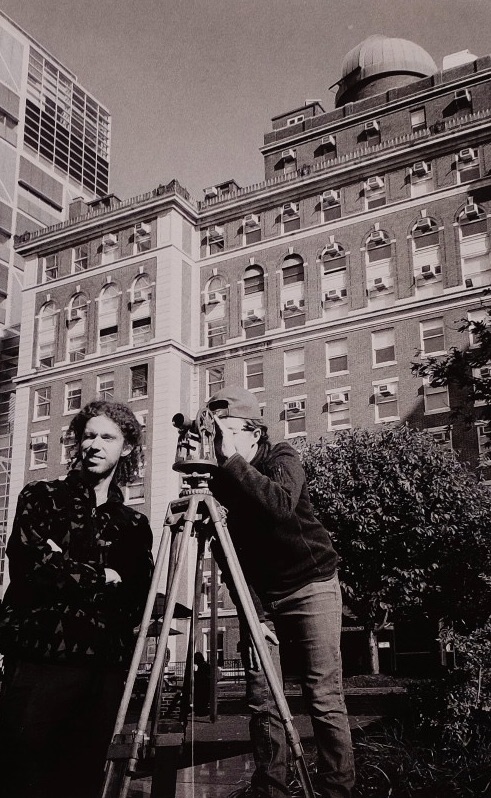
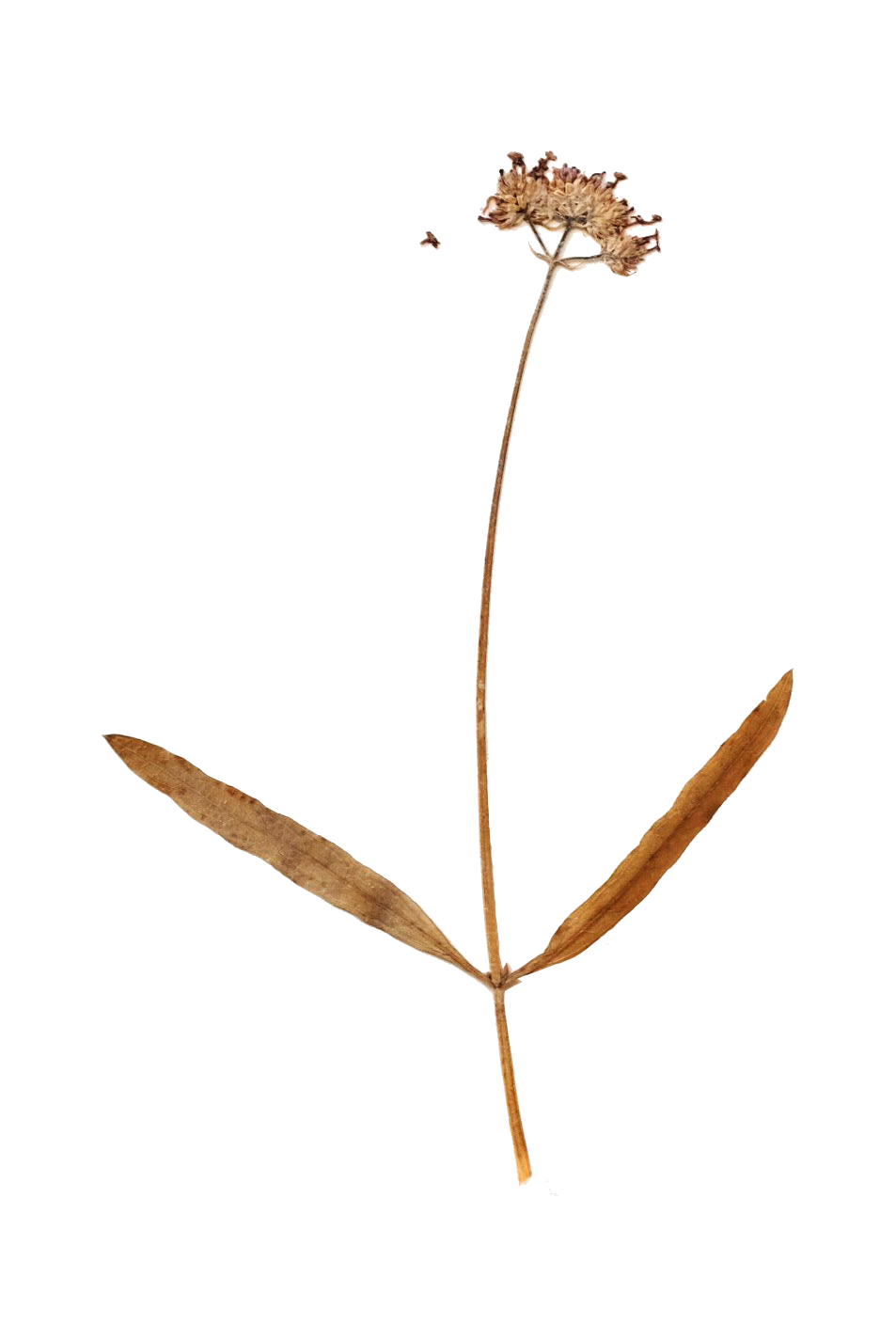
Drag rocks aside and click titles to reveal exhibit
